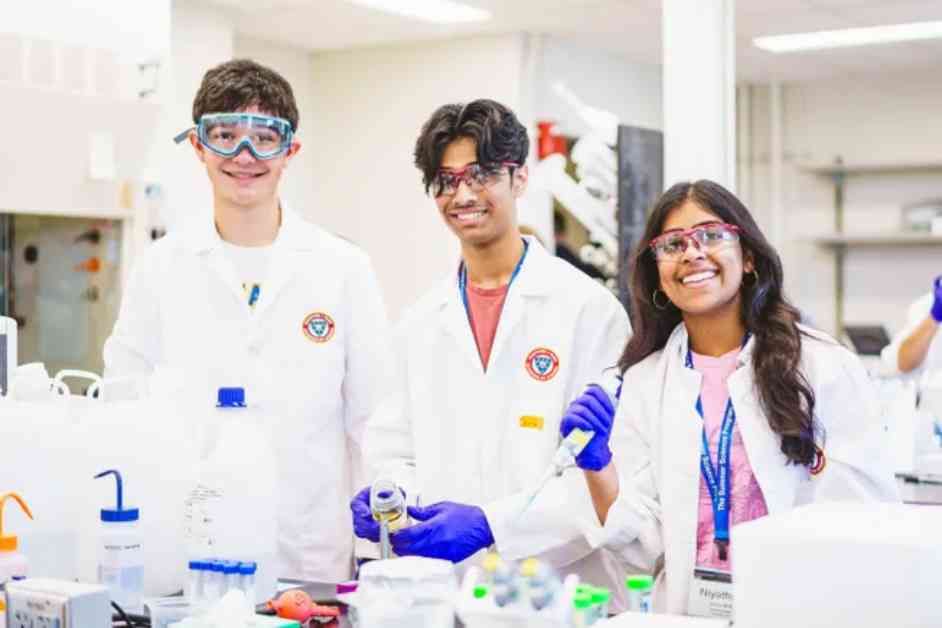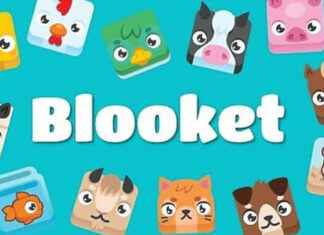Work-Based Learning Programs: Closing the Gap in STEM Readiness for Teens
A recent study conducted in 2018 revealed some concerning statistics regarding college students’ preparedness for the challenges of higher education and the workforce. Only 39 percent of college students felt adequately prepared for the time management requirements of college, while slightly over half felt ready to manage the course load. Furthermore, a mere 34 percent of respondents expressed confidence in their preparedness for a career, and less than half of employers believed recent college graduates were proficient in professionalism and work ethic.
The findings of this study highlight a significant gap in students’ readiness for college and the workforce, particularly in fields like science, technology, engineering, and mathematics (STEM). The lack of preparedness among students can have far-reaching implications for industries that rely heavily on skilled professionals in STEM disciplines. Without adequate training and exposure to real-world applications of STEM concepts, students may struggle to excel in these fields and contribute meaningfully to their chosen careers.
One solution to bridging this gap in STEM readiness is the implementation of work-based learning programs for high school students. These programs provide students with hands-on, professional work experience that can help them make informed decisions about their college and career paths. By participating in work-based learning opportunities, students can develop essential career readiness skills such as professionalism, teamwork, communication, and initiative. Additionally, they have the opportunity to shadow and engage with professionals in their desired industries, gaining valuable insights and networking opportunities.
The Benefits of Work-Based Learning for Teens in STEM
Hands-on and work-based learning programs play a vital role in preparing students for success in college and their future careers, particularly in STEM fields. By providing students with practical, real-world experience, these programs help them develop the skills and knowledge necessary to excel in their chosen fields. Work-based learning opportunities allow students to apply theoretical concepts to practical situations, enhancing their understanding and retention of STEM subjects.
Moreover, work-based learning programs have the potential to revitalize industries that are experiencing declining interest from the next generation, such as the sciences. Currently, less than one-third of teens and young adults consider a career in STEM as their first choice. By exposing students to the possibilities available in STEM fields through hands-on learning experiences, we can inspire and motivate them to pursue careers in these critical areas.
A study conducted by SSP International, a nonprofit organization offering science immersion experiences, in collaboration with Professor Eric Deemer at Purdue University, sheds light on the impact of hands-on learning on high school students’ attitudes towards scientific research and careers in STEM. The study, titled “Student Impact: Creating Scientific Researchers at the Pre-College Level,” focused on rising high school seniors who participated in the organization’s Summer Science Program.
The Summer Science Program offered participants an immersive, hands-on research experience over five weeks on a college campus, working in teams under the guidance of leading scientists. Students engaged in original research projects in fields such as astrophysics, biochemistry, genomics, and synthetic chemistry, gaining valuable skills and insights into scientific research.
The study found that after completing the Summer Science Program, participants reported feeling a sense of belonging in the learning environment and increased confidence in their scientific research skills. They also became stronger college applicants, gained a clearer understanding of their academic interests, and were more inclined to pursue careers in STEM. The hands-on learning experience provided by the program proved to be transformative for students, enhancing their skills, knowledge, and confidence in STEM fields.
Diversifying the STEM Workforce Through Hands-On Learning Opportunities
One of the critical challenges facing the STEM workforce is the lack of diversity among professionals in these fields. Historically underrepresented groups, including low-income, rural, Black, Latino, and Indigenous students, face significant barriers to pursuing careers in STEM. Addressing these barriers and promoting diversity in the STEM workforce is essential for fostering innovation and growth in these critical fields.
Work-based learning programs offer a valuable opportunity to diversify the STEM workforce by providing students from all backgrounds with access to hands-on learning experiences. By investing in programs and courses that cater to underserved communities, we can empower students to explore their interests in STEM and prepare for successful careers in these fields.
Resources, instruction, and opportunities play a significant role in students’ interest and preparedness for STEM careers. High schools with high populations of underrepresented students often lack the resources and support needed to help students succeed post-high school. It is imperative for nonprofits, colleges, universities, and the private sector to collaborate and provide hands-on learning opportunities for students from diverse backgrounds, ensuring that all students have the chance to pursue careers in STEM.
Investing in the Future of STEM Education and Career Development
Work-based learning programs offer a valuable opportunity for teens to develop essential skills, knowledge, and confidence in STEM fields. By providing hands-on learning experiences, students can gain practical skills, enhance their understanding of STEM concepts, and make informed decisions about their college and career paths. These programs empower students to transition smoothly into the workforce and contribute meaningfully to their communities and beyond.
As we invest in work-based learning opportunities for teens, we are investing in the future of STEM education and career development. By bridging the gap between students’ interests and real-world applications, we can inspire the next generation of STEM professionals and create a diverse and capable workforce for the future. Interested in learning more about hands-on STEM education and career development opportunities? Visit summerscience.org to explore the offerings of SSP International and its Summer Science Program.













